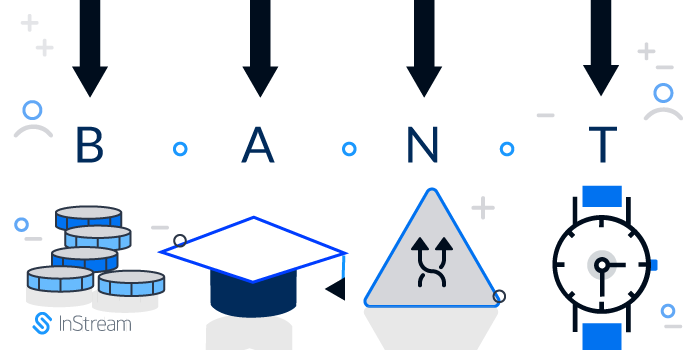Receiving complaints from clients is inevitable element of business activity. It is important to smartly use this negative feedback – so you can avoid similar situations in the future. Receiving this kind of information from your customers is actually a positive phenomenon – it proves clients’ loyalty and involvement. It means that – despite the fact that they have encountered some problems in the process of sales, distribution or usage – your value offer remains attractive to them and they want to give you another chance. Chance to perform better. Clients who don’t feel any bond with a producer or a brand would immediately switch for your competitor’s product, right? So learn to be thankful for this information and remember to always replay in a polite way.
Having this idea in mind it’s already easier to keep positive attitude while handling unsatisfied clients. Below you can find few steps you should take to handle a situation as a professional
- Be a good listener! Listen closely and note down all important data (at least in your head!) If there’s something you don’t understand or didn’t hear properly – ask at once, never try to guess! (Taking up actions based on wrong data can lead to very problematic situation).
- Identify a client and his problem – find him in your data base and verify his data. Make sure that you both understand the issue same way. Prove your interest in his trouble – don’t limit yourself to brief interview. Your client is unsatisfied with your service so it is your task to research the case properly.
- Present your repair and compensation actions and let your client choose (if that’s possible). After you receive a decision, make sure you have a permission to take up the action. Then, pass the information to people involved in the situation or repairmen – ASAP.
- Stay in touch with your client – it can mean informing him about each step of reparation plan or just sending him confirmation of a transfer. You are responsible for closing that case.
![business07[1]](http://www.salesclues.com/wp-content/uploads/2015/07/business071-1024x1024.jpg) CUSTOMER SATISFACTION BACK? TIME TO IDENTIFY WHO WAS GUILTY!
CUSTOMER SATISFACTION BACK? TIME TO IDENTIFY WHO WAS GUILTY!
When you successfully handle a client’s complaint it’s time for conclusion. What needs to be done to avoid this situation in the future? If you cannot identify a reason at once, try to use one of the following options:
- Customer service scenario – it’s a list of single encounters between a client and your company (staff, product, marketing communication etc.) that affect whole brand experience. Having some of them prepared you should track them step-by-step analysing each interaction in relation to the issue. Soon you find a moment when something wrong was said or done. Now make sure it won’t happen again!
- 5 Whys – this method is about asking yourself (or your team) five questions starting with “Why…?” related to particular case. In this situation first one would be: “Why is customer unsatisfied? Possible answer: “Because a product he bought doesn’t work as it was said”. Next question than: “Why does a product not work as it was said?” Last question should lead you to the cause of the complaint. Now you know what to improve!
- Marketing content – it often happen that an issue arises from confusing marketing content available on various channels. For people who create it it’s hard to evaluate it accessibility and clarity since they know much more about the product already. That’s why you need to invest in some support to find out your client opinion about your communication. You can choose between some special tools tracking and analysing User Experience. You can also organize a simple test with a few unique users. Just ask them to take up few basic operations and ask for their experience. Their opinions will help you to make your website more self-explanatory and avoid confusion caused by your messages.
- Personnel’s competencies – if a complaint is directly connected with customer service delivered by an employee – it means that personnel needs close attention. Each company is responsible for providing its workers with a proper training and knowledge. Only than they can represent it with confidence and jurisdiction. If you notice that you or your co-workers are missing some basic about customer service, product knowledge or simple business etiquette – it’s good to let your superior know. It’s in his best interest to prepare his team to perform best.
Smile on your face and get it fixed!
CEO at InStream. Sales Advisor.





